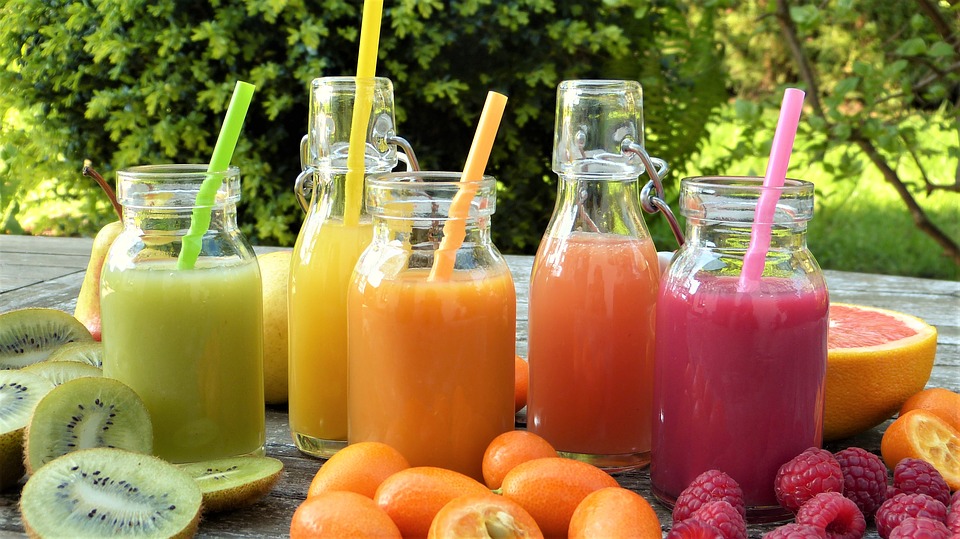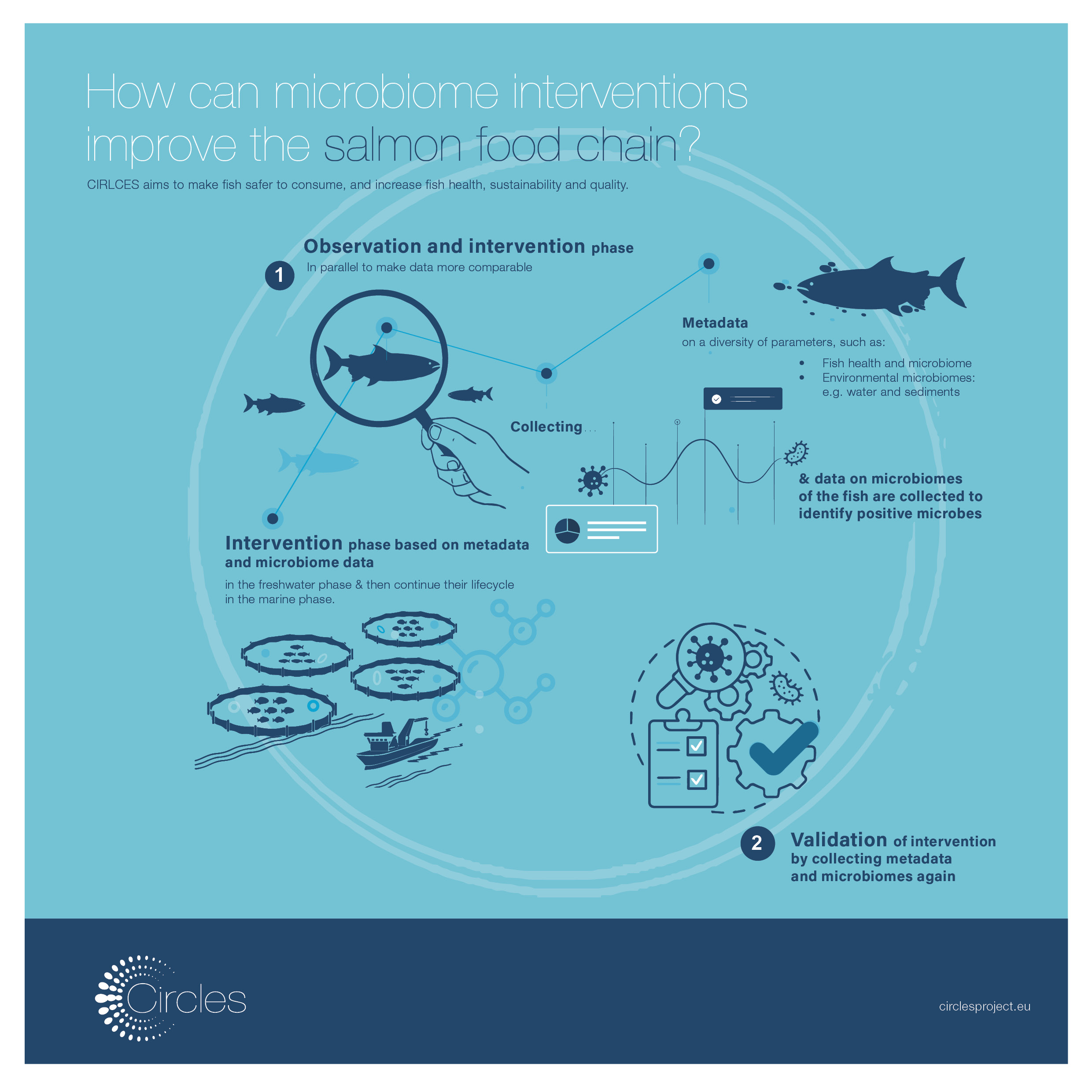By Silvia Alunni, Quentin Galland – Hague Corporate Affairs
Fruit is a staple food for a healthy diet: WHO suggests having at least 5 portions a day of fruit and vegetables to help preventing non-communicable diseases such as diabetes and hypertension[1]. In this regard, fruit juices are increasingly seen as an alternative form of consuming fruit. How does our body process fruit juices? Does our gut microbiome play a role? This article will first briefly present the main science-backed arguments on the impact of fruit juices on humans’ gut microbiome. From the main scientific findings, we will discuss the potential role that research in microbiomes can play in improving the health impact of fruit juices.
EU legislation defines fruit juice as the fermentable but unfermented product obtained from the edible part of fruit which is sound and ripe, […] of one or more kinds mixed together having the characteristic colour, flavour and taste typical of the juice of the fruit from which it comes[2]. Commonly speaking, fruit juices are associated to a wider variety of beverages, including fruit nectars, fruit juices from concentrate, and 100% natural fruit juices.
Overall, consumers’ perception of fruit juices is quite positive: they are considered both a healthy alternative to soft drinks and sodas[3], and a way to increase the daily intake of beneficial vitamins. However, they present two connected issues for our gut microbiome: a high amount of sugar, mainly fructose; and the lack of insoluble fibres.
Several studies equalise the sugar levels of fruit juices to regular sweetened sodas: that is because naturally-derived and added sugar are metabolised in a similar way by our body[4]. Fructose is mainly processed by the liver, yet recent scientific findings highlight the important role that the small intestine can play in digesting and transforming this sugar[5]. In particular, it has been observed that a higher amount of fructose could overload the small intestine, spilling onto the large intestine and reaching the colon microbiota.
While high sugar intake may alter our gut bacteria, the consumption of fibre-rich food helps to balance it. In whole fruit, fibres prevent fructose from being quickly processed, allowing a slow release of sugar that the liver is able to manage; moreover, fibres increase the feeling of satiety, limiting the quantitative intake of fruit. On the contrary, the juicing process removes the insoluble fibre content, keeping free sugars and vitamins which are quickly absorbed by our body. That said, it is important to remember that the health impact of fruit juices is as high as the consumption of such products. If consumed in the context of a diverse, well-balanced and healthy diet, fruit juices do not pose any health problems.
Against this background, there are many open questions as to the role that innovation in food microbiome can play in making fruit juices more sustainable and healthier. At the farming stage, research could focus on optimising production inputs to increase the quality of fruit microbiome, on the same line as CIRCLES is doing for other food systems (e.g. tomatoes, spinach). This would provide the fruit juice industry with a high-quality primary ingredient. However, in a long-term perspective, it could be interesting to investigate the effects of the juicing process on the state of the microbiome of the end product (for instance, through working on different formulas), or to explore ways to improve the quality of the by-products -mainly insoluble fibres- and re-use them in alternative applications (for instance, as added fibres).
In conclusion, fruit juices have an impact on our gut microbiome because of their high-sugar and low-fibre content. Research could potentially tackle the issue through improving the microbiome of fruit, analysing the impact of the processing stage and mitigating possible risks. In this context, projects like CIRCLES are a first important step to test the potential of microbiome in developing more resilient, sustainable and healthy food systems.
Image credit: Silviarita via Pixabay
[1] WHO, Healthy Diet. Retrieved from: https://www.who.int/news-room/fact-sheets/detail/healthy-diet
[2] Directive 2012/12/EU amending Council Directive 2001/112/EC relating to fruit juices and certain similar products intended for human consumption
[3] Guasch-Ferré, M., & Hu, F. B. (2019). Are Fruit Juices Just as Unhealthy as Sugar-Sweetened Beverages? JAMA network open, 2(5), e193109-e193109.
[4] Collin, L. J., Judd, S., Safford, M., Vaccarino, V., & Welsh, J. A. (2019). Association of Sugary Beverage Consumption With Mortality Risk in US Adults: A Secondary Analysis of Data From the REGARDS Study. JAMA network open, 2(5), e193121-e193121.
[5] Jang, C., Hui, S., Lu, W., Cowan, A. J., Morscher, R. J., Lee, G., … & Rabinowitz, J. D. (2018). The small intestine converts dietary fructose into glucose and organic acids. Cell metabolism, 27(2), 351-361.






